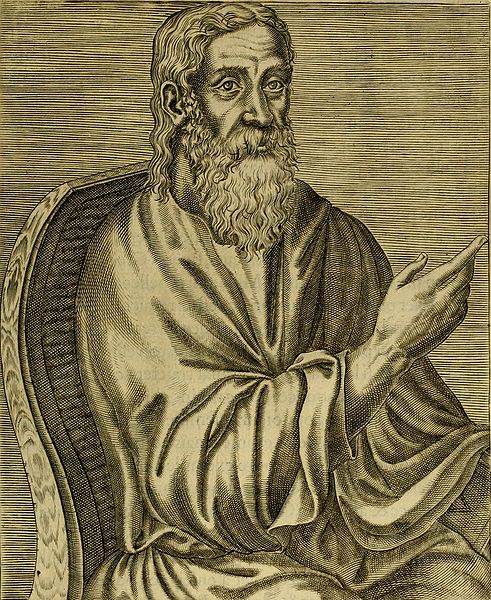Buddhism and the Roman world
Several instances of interaction between Buddhism and the Roman world are documented by Classical and early Christian writers.
Textual sources in the Tamil language, moreover, suggest the presence of Buddhism among some Roman citizens in the 2nd century AD.
Extent of Buddhism and trade routes in the 1st century AD.
The Pompeii Lakshmi ivory statuette, found in 1938 in the ruins of Pompeii (destroyed in 79 CE), is thought to have originated in Bhokardan, Satavahana Empire . It testifies to the intensity of Indo-Roman trade relations at the time.
From the time of Jesus or soon after: a statue of Siddartha Gautama preaching, in the Greco-Buddhist style of Gandhara, present-day Pakistan
The birth of Siddhartha Gautama, Gandhara, 2nd–3rd century AD.
Titus Flavius Clemens, also known as Clement of Alexandria, was a Christian theologian and philosopher who taught at the Catechetical School of Alexandria. Among his pupils were Origen and Alexander of Jerusalem. A convert to Christianity, he was an educated man who was familiar with classical Greek philosophy and literature. As his three major works demonstrate, Clement was influenced by Hellenistic philosophy to a greater extent than any other Christian thinker of his time, and in particular, by Plato and the Stoics. His secret works, which exist only in fragments, suggest that he was familiar with pre-Christian Jewish esotericism and Gnosticism as well. In one of his works he argued that Greek philosophy had its origin among non-Greeks, claiming that both Plato and Pythagoras were taught by Egyptian scholars.
Clement depicted in 1584
Clement of Alexandria
The Orphic mysteries are used as an example of the false cults of Greek paganism in the Protrepticus.
Christ, the Logos incarnate, is the Paedagogus of the work's title.








